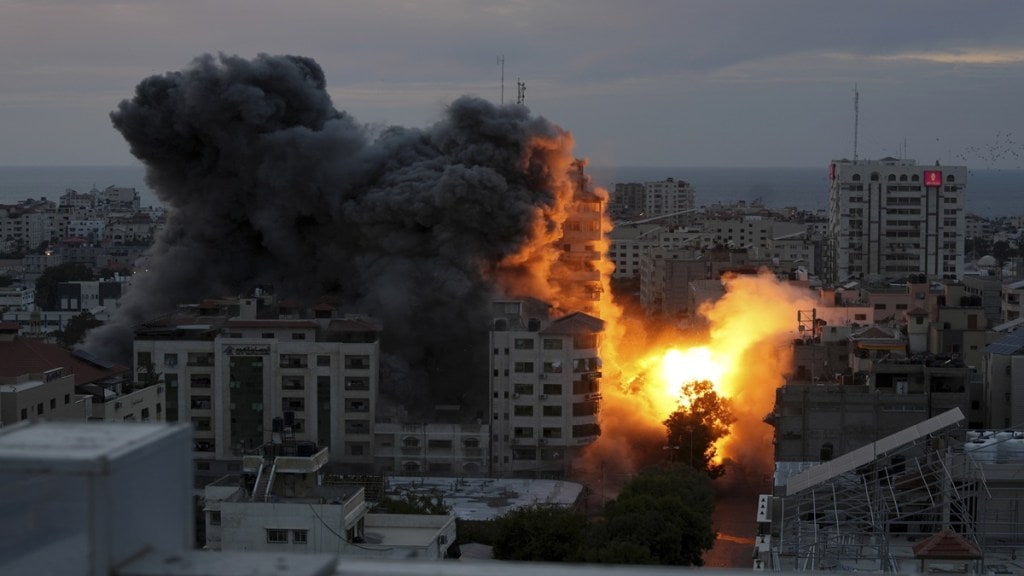As Israel reels from a deadly attack by Hamas militants who breached barriers around Gaza and unleashed chaos in Israeli towns, questions are rife about how exactly the disaster unfolded.
The day following the commemoration of the 50th anniversary of the commencement of the 1973 Yom Kippur War, during which Israeli forces were caught off guard by Syrian and Egyptian tank columns, the military found itself confronting another unexpected and well-coordinated attack.
Retired General Giora Eiland, a former head of Israel‘s National Security Council, drew parallels between the two attacks and revealed that this situation bears a striking resemblance to what occurred in 1973, Reuters reported. Speaking at a press briefing, Eiland emphasized that Israel was taken completely by surprise by a meticulously planned attack.
Military Focus Amid Questions
An Army spokesperson indicated that discussions regarding Israel’s intelligence preparation would be discussed later as right now, the primary emphasis is on combat operations. He said that those matters will be addressed when the time is right.
Changing Dynamics with Hamas
Israel, historically regarding Hamas as its sworn enemy, had employed a mix of incentives and sanctions to maintain stability in the blockaded enclave of Gaza. This strategy included economic incentives like work permits for Gazans to work in Israel or the occupied West Bank, alongside a tight blockade and the ever-present threat of airstrikes.
For the past 18 months, amid ongoing violence in the West Bank, Gaza had been relatively calm, with sporadic cross-border clashes primarily involving the smaller Islamic Jihad movement, while Hamas remained on the sidelines.
Hamas’s Strategic Advances
Hamas militants not only overran security posts, including a police station in the southern town of Sderot but also took control of the Erez crossing, a high-security facility for Gaza’s entry and exit. Videos circulated by Hamas media showed militants moving through abandoned offices and running past the towering concrete walls of the site.
A Coordinated Attack
Eyal Hulata, the former Israeli National Security Advisor, emphasized the meticulous planning behind the attack, stating that they had been planning this for a long time. He described it as a highly coordinated and tactically surprising assault that inflicted devastating damage.
Intelligence and Security Lapses
Prime Minister Benjamin Netanyahu‘s right-wing government had always emphasized its security credentials and maintained an uncompromising stance towards Palestinian militant factions, including Hamas, which has ruled Gaza since 2007.
However, when the critical moment arrived, Israel’s security apparatus appeared to falter. A significant force of Hamas gunmen, estimated in the hundreds by the military, managed to breach security fences and infiltrate towns.
Jonathan Panikoff, former deputy national intelligence officer on the Middle East for the U.S. government, now affiliated with the Atlantic Council think tank, called it “an intelligence failure” and a “security failure.” He believed it undermined what was perceived as an aggressive and successful approach by Israel toward Gaza.
Death Toll in Israel
The sight of lifeless bodies in the streets and civilians being taken captive in Gaza shocked Israelis deeply. The toll included over 250 deaths and more than 1,500 wounded—unprecedented numbers for a single day in Israel’s history. The military also suffered significant losses, and Palestinian militant groups claimed to have captured dozens of soldiers.
(With Reuters Inputs)

